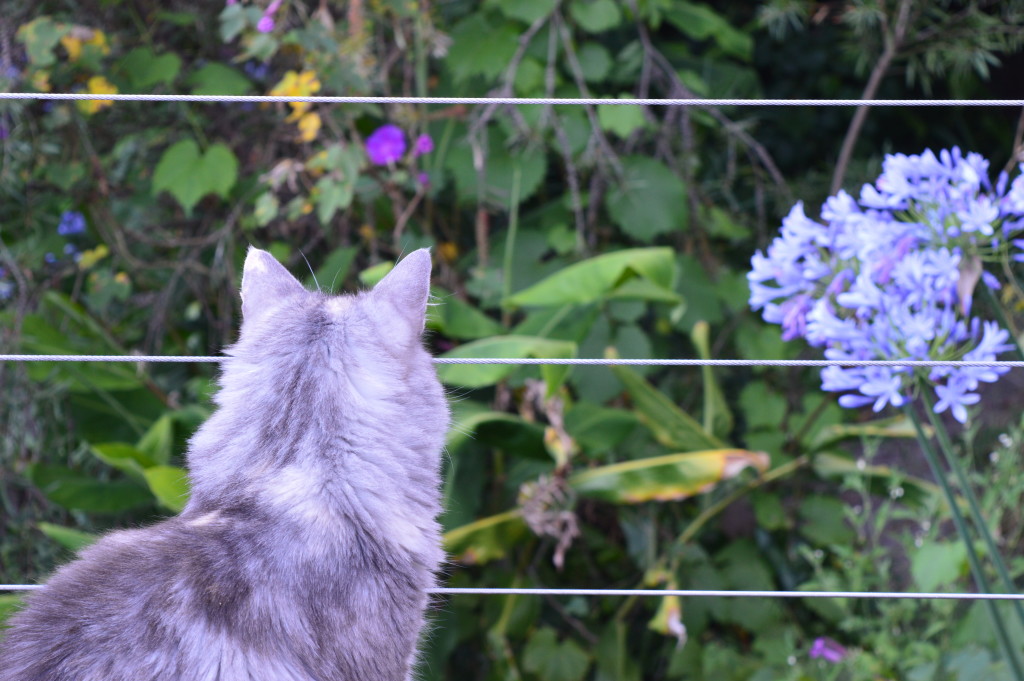What is mindfulness? It seems to be the buzz word here in Australia. Often combined with meditation and yoga, mindfulness conjures up images of Buddhist monks chanting, swaying, incense burning and long periods of silent contemplation in a cave. Yet somehow it has made its way into our daily conversations, is practiced in community halls, school gyms and yoga rooms all around the country. Even some leaders in industry are recognizing the value of introducing mindfulness into the workplace, community and education.

Think of a cat, have you ever just observed the way cats spend their day, how they hunt, eat, clean themselves and then find the warmest most comfortable spot to sleep contentedly. Well, cats are the best at mindfulness. They don’t just spontaneously do things; they ponder, sniff, walk around and sit for a moment. Cats don’t scoff their food, they eat with a certain kind of savouring, they know when they have had enough and so they stop. Cats keep to a ritual of cleaning themselves and their loved ones and in this action of licking cats appear to be on a mission.
Mindfulness often includes the following elements; here and now or in the moment, non-judgement and commitment. So really it’s not hard to include mindfulness in our own day to day routine filled lifestyles, all you have to do is, be mindful. Take the example of our fury friend the cat, if you have the chance to observe one, watch how they go about their daily tasks and then ask yourself if I were a cat for the day what reflection would I have at the end of the day; ‘woke up from a nice cosy sleep, had a stretch, then laid in bed for a bit, then I had some breakfast in my favourite bowl which I ate slowly. I then washed my body all over with my beautiful smelling organic rose blossom scrub, dressed and made my way to the train. On the train I had a lovely snooze in the window seat which was doused by the warm rays of sunlight. When I arrived at work I greeted all my colleagues warmly and then made myself a nice warm glass of milk to savour until lunchtime’.
Imagine if we remembered and savoured each moment of the day as if it were the most important moment of our life. This is living in the moment or the here and now, living this way keeps us focused on what is truly happening both around us and in our body. Another advantage of mindfulness is just that, mind-ful-ness. This is the mind being fully engaged with whatever activity you are doing, like eating breakfast. When you eat breakfast you don’t want to think about what you will be having for lunch, or worry about if you’ll get a seat in the train, no mindfulness is about being in the moment without thought for a past or future event, and savouring the tastes, smells and sounds that come with this type of practice.
Australian’s are very hard working down to earth people, yet most Australian’s will admit to living a stressful lifestyle. Fast living, fast foods, quick lunch breaks, instant dinners, and bringing work home don’t really leave much room for self-contemplation. The good news though is that anybody can learn mindfulness, you don’t need any skills, tools or qualifications; you just need to be human or a cat!
Fiona




